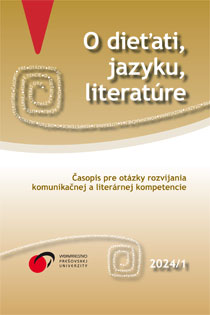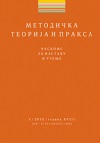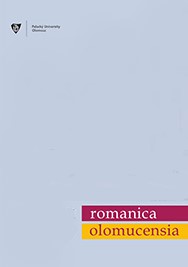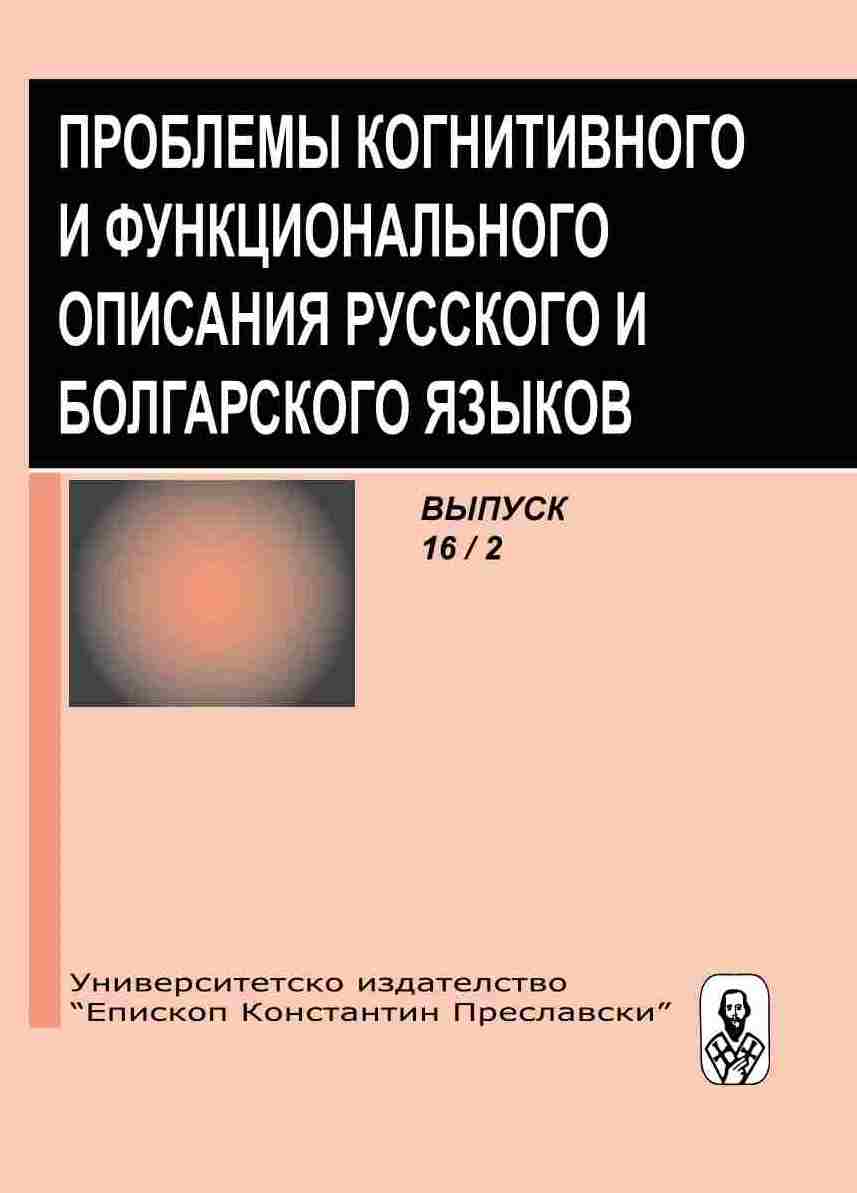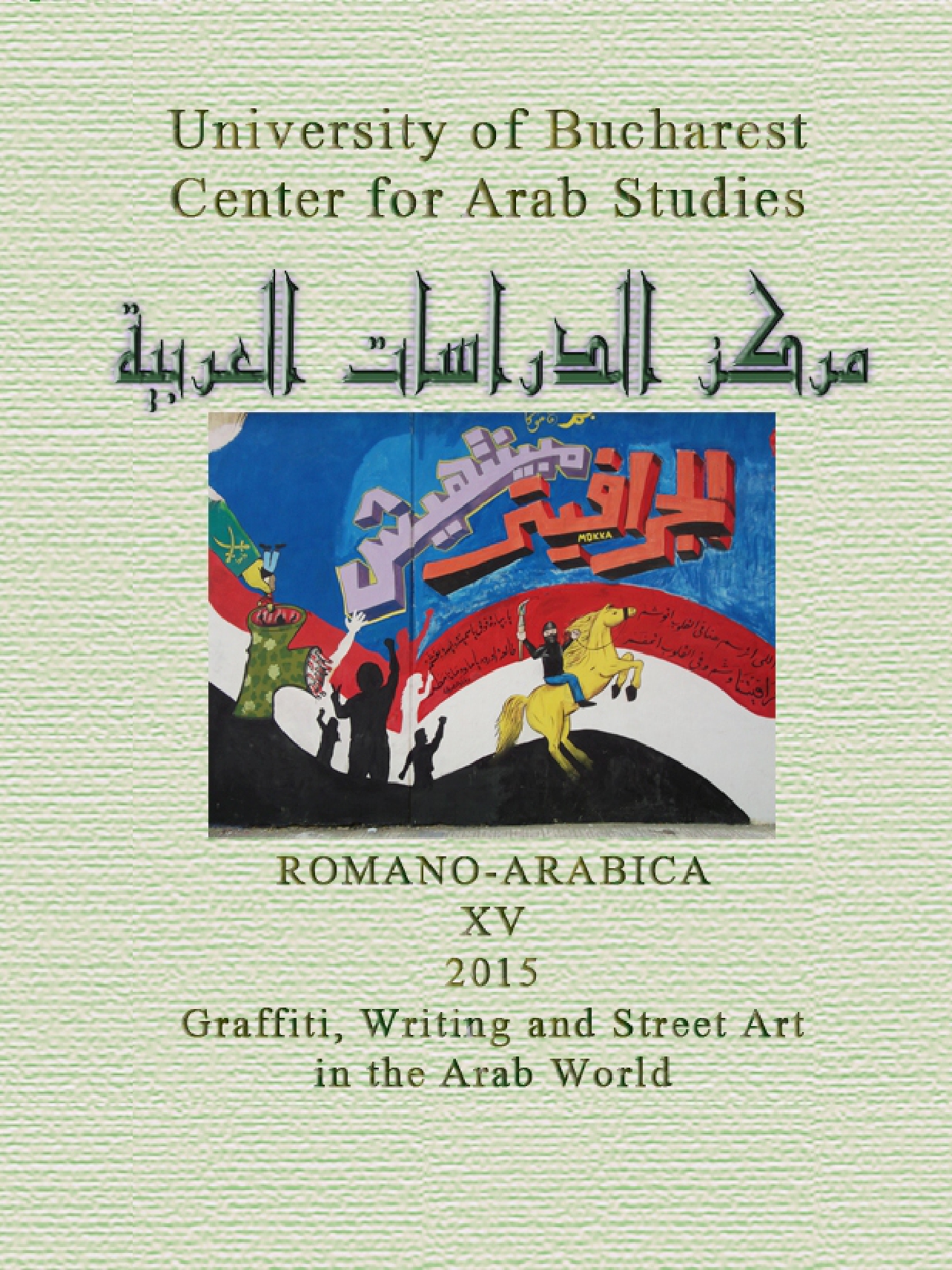
CALIFES, PRINCES ET COMPAGNONS DANS LES GRAFFITI DU DEBUT DE L’ISLAM
The Arabic graffiti of the early decades of Islam, in Arabia and in the Middle East, represent an inexhaustible source of information on the origins of Muslim society. Recent discoveries have revealed that among thousands of graffiti written by anonymous people some few inscriptions are mentioning the names of famous and well-known persons. Among them we find some caliphs who were the direct successors of the prophet Muḥammad like ʿUmar b. al-Ḫaṭṭāb and ʿUṯmān b. ʿAffān. Among the inscribers, we also have mentions of some Umayyad rulers and princes who left their names on the stones, as well as famous companions from the first generations of scholars who reported some traditions from the prophet. These texts are showing that Islamic graffiti are not only religious texts but they also have an historical and political weight particularly when we consider that some of them were engraved just before or during the first civil war (fitna).
More...
